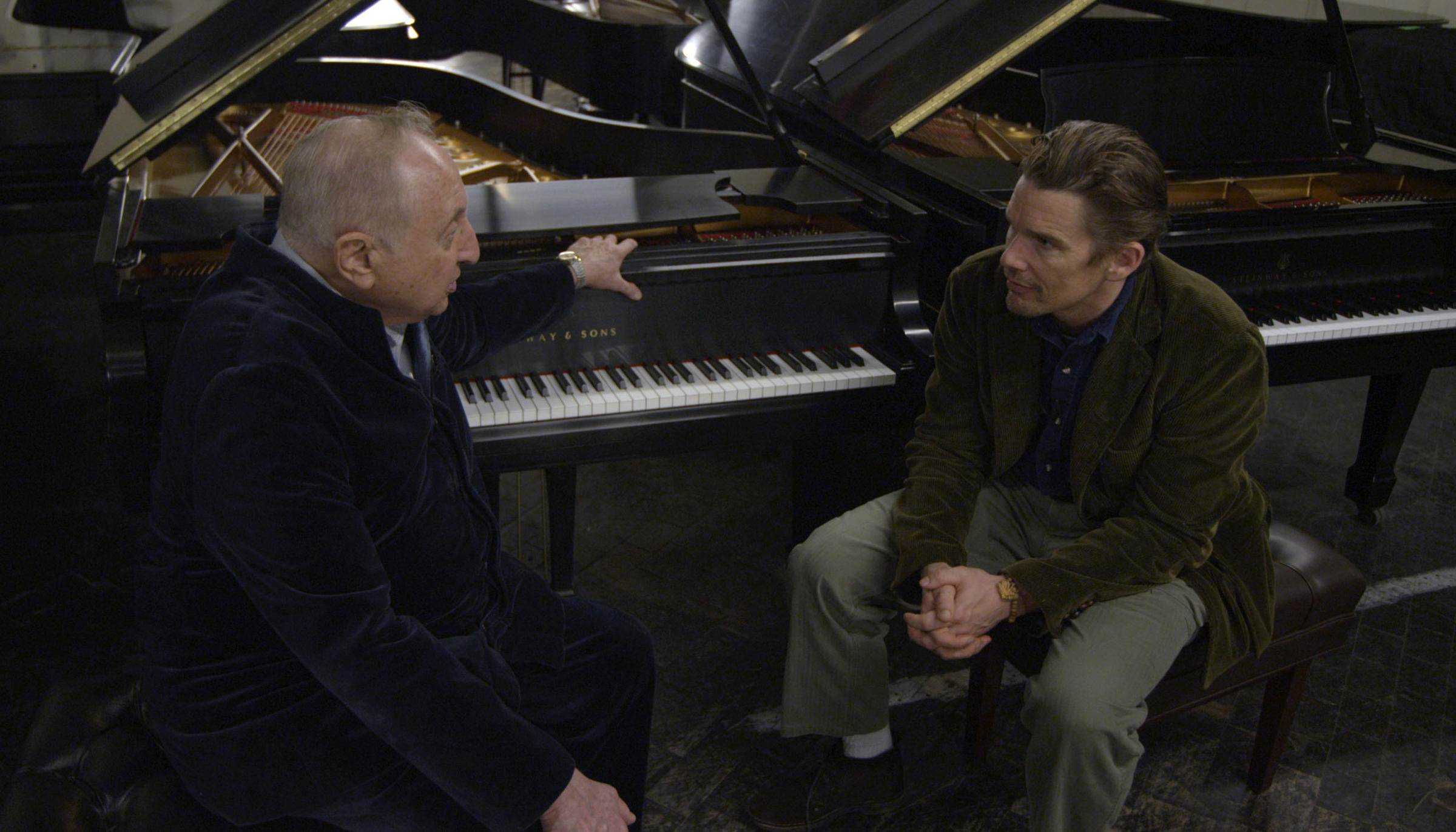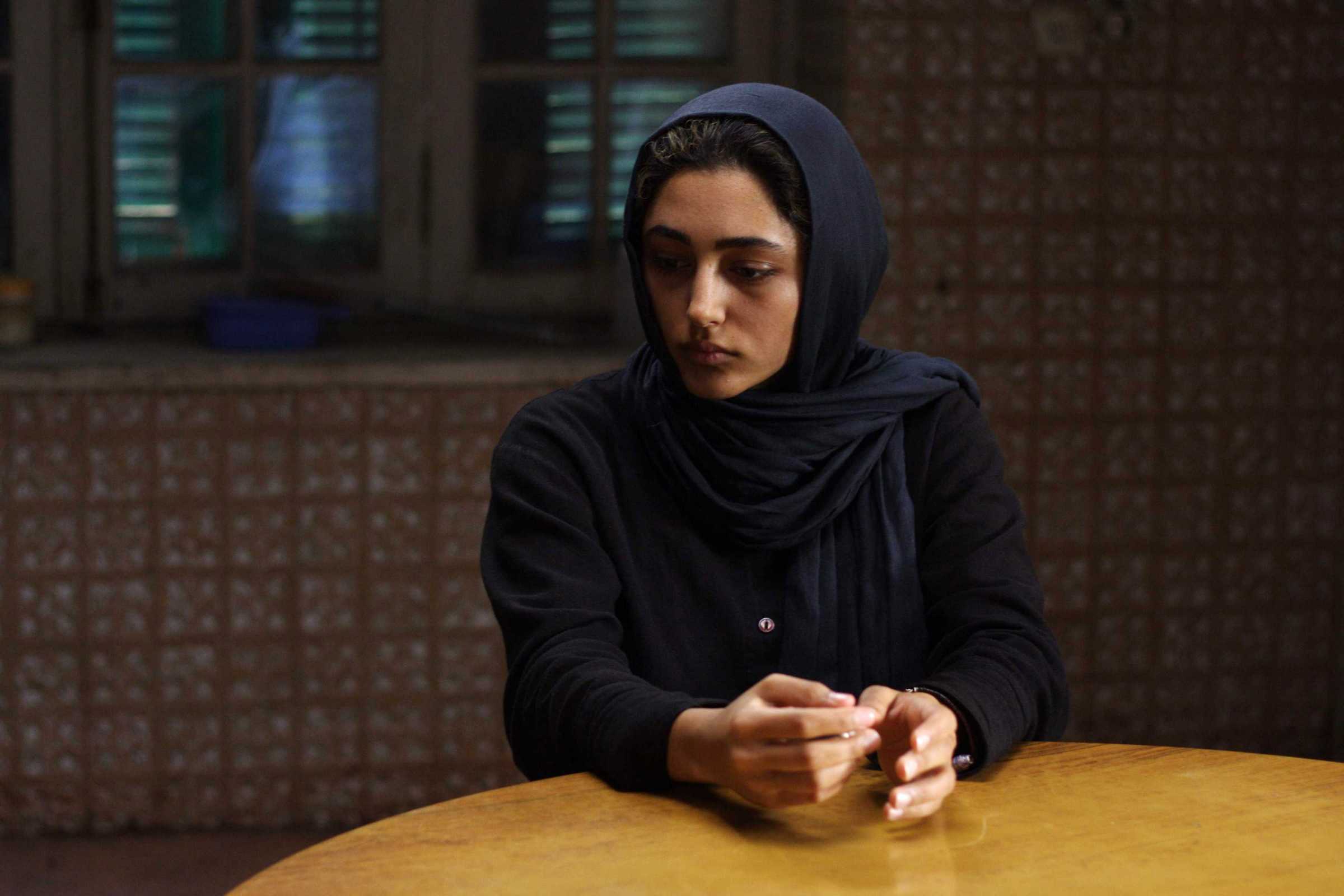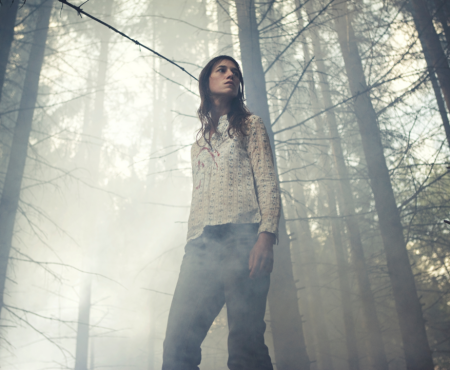The year is now halfway complete; with the Independence Day holiday upon us in the States, there’s no better time to take stock of what 2015 has offered us at the cinema thus far. Consider it clickbait, but also consider this list a helpful reminder for you as we ramp up towards the fall and awards-season fare. Some of these movies might have opened in the late winter, spring, or early summer, but they’re just as worthy as whatever biopics, star vehicles, and gimmick-driven inside-baseball films may open in the back half of 2015. More importantly, you should consider this list a reminder of what to keep an eye out for, since many of these films are now hitting home media and/or streaming services, and are thus more easily available. If any of these initially passed you by, then we highly recommend that you seek them out.
20.) I’ll See You In My Dreams
There are moments in I’ll See You In My Dreams in which Carol resembles the American version of Gloria, the titular central character of Sebastián Lelio’s glorious 2013 Chilean film. Both women embrace their age, yet they also indulge in their sexual desires and a fulfilling routine that doesn’t have to involve womanly nurturing or motherly sacrifices. But saying that Carol and Gloria are relevant subjects only to a certain age group is too myopic a view that doesn’t do either character any justice. Such narrow-mindedness from studios and audiences also backhandedly explains why older women are often not allowed to have a life on film screens. Be assured that the varied experiences (and one hilarious sequence of pot smoking and subsequent “snack” shopping) of Carol and her friends aren’t any less interesting, charming, universal, or desirable than those of the characters from the Sex & The City television series, nor are they any less valid. — Tomris Laffly
19.) Seymour: An Introduction
The glib idiom that “those who can’t do, teach” seems unduly cruel when recounting Bernstein’s situation. It fails to capture the unexpected joys that can be found when we compromise the life we may think we want for the life we have. And certainly, the hushed, awed tones of the voices of Bernstein’s students when they sing his praises are clear evidence of that. As the sage-like Bernstein relates over the course of Hawke’s film, talent is only a small fraction of what goes into making an artist shine: the rest is craft. Seymour: An Introduction is not a groundbreaking piece of non-fiction filmmaking by any means, but it’s a sweet testament to the art of hard work. — Mallory Andrews
18.) Kurt Cobain: Montage of Heck
In Kurt Cobain: Montage of Heck, Brett Morgen digs into the deeply personal story of the Nirvana frontman, using rare personal artifacts from the Cobain family. The film is every bit as accomplished as the early hype suggests, as Morgen cannily cuts between interviews with family members and close friends, animated reenactments (always a gamble, but the high-quality, near-rotoscoped look meshes well with the overall aesthetic), and most importantly, Cobain’s journals. A surprising amount of Montage of Heck is told through the singer’s own writing, which Morgen has reanimated to mimic its author’s writing process, revealing an almost stream-of-consciousness dialogue between Kurt and the pages. It is a startlingly intimate look into a troubled man’s state of mind that never falls victim to sophistic psychoanalysis. — Mallory Andrews
17.) World of Tomorrow
In Don Hertzfeldt’s World of Tomorrow, robots programmed to fear death stride endlessly across the surface of the moon. The dead bodies of people jettisoned into the upper atmosphere fall back to Earth as beautiful shooting stars. A woman falls in love with a shapeshifting black blob creature, while others live for hundreds of years by transferring their memories into clones of themselves. And that only scratches the surface. There are more big ideas packed into this 16 minute film than there are in most major studios’ entire catalog of science fiction. — Dan Schindel
16.) Ex Machina
…Ex Machina is far less predictable — and much better shot (by cinematographer Rob Hardy) — than its threadbare plot summary might make it sound. It only drags near the end, when all has been revealed and we’re waiting for the wrapping up. And even then, it never stops being slick, cool, and polished, its intelligence not artificial at all. — Eric D. Snider
15.) Results
The romantic threads of the film never congeal, but the film is at its best when the nominal cliches collapse from sheer inaction into something more dissolute and harder to identify. Bujalski can compress entire personalities into strange, deprecating asides like Danny keeping a brutally honest food diary by taking photo after photo of the pizza he downs by himself, or the hilariously overwrought hype video Trevor cuts for his gym. If the love triangle is lopsided, the three characters align in more equilateral fashion in that their distinctive personalities share a core insecurity of having far surpassed the age at which they should know what they want from life, much less work toward achieving those goals. As he did with his last film, Bujalski takes exaggerated types and, by focusing on their quirks to the point that they become banal and relatable, turns his characters into recognizable humans. — Jake Cole
14.) A Pigeon Sat on a Branch Reflecting on Existence
The subject of A Pigeon Sat on a Branch Reflecting on Existence, broadly speaking, is the daily grind, and our individual responses to living a potentially soulless life predicated simply on making enough everyday to scrape by both physically and spiritually. Grim, to be sure…but Roy Andersson, as was the case with Songs from the Second Floor and You, the Living, isn’t content to be merely bleak and cynical. Instead, he turns the dark side of human life into rich deadpan black comedy that is exhilarating not only in its visual inventiveness, but in its underlying philosophical ramifications. Death and sadness are an inevitable part of all our lives, but even as people’s attempts to combat it may ultimately be ineffectual—as exemplified in A Pigeon by the two sad-sack salesmen trying to “sell happiness” with a pathetic set of goods—there’s something enlivening about seeing someone as clear-eyed as Andersson finding endlessly amusing ways to face these unsettling universal human truths head-on. — Kenji Fujishima
13.) About Elly
About Elly (Darbareye Elly), one of Farhadi’s true masterpieces, was lauded at the time of its release in 2009 and re-appraised further in 2011 and 2012 following the success of A Separation. And rightly so: the film, about a group of young, upper-middle-class Tehranis vacationing in the north, is a tightly structured screenplay subtly critical of that tier in society, operating within a Hitchcockian narrative logic, framed and shot with rarefied vision, and following a taut, kinetic rhythm. — Tina Hassannia
12.) Timbuktu
Sissako thus achieves a level of genuine poignancy not simply because he is a true master of form at the peak of his career, but also because he understands the texture of the society and the nuances and complexities of a religion as broad in its variety of adherents as Islam. Timbuktu is neither an outsider’s black-and-white vision of the implications of extremism in that region of the world, nor is it a defiant attempt at showing the other of the side of the coin. There are no token characters and no fairy-tales designed merely to make points. These stories are realities that Sissako painfully feels and keenly understands. Through the filmmaker’s poetic vision and rich grasp of the milieu, Timbuktu becomes politically perceptive and emotionally authentic, depicting visceral trauma without hysterics and eye-opening truths without didacticism. — Amir Soltani
11.) Hard to Be a God
For German, who began the project in 2000 and filmed for 6 years (it was completed after his death, in accordance with his vision, by his son), Hard to be A God will rank among the great final works in cinema. Despite working, on one level at least, as a lament for the disintegration of art and culture, the film’s own magnificence makes a grand case for its ongoing vitality—a celebration of shit in all its literal glory that’s a masterpiece as a consequence. “Where is art? Where is renaissance?” an ogre wonders in one scene, before leering into the camera with a conspiratorial, rotted-tooth grin. The answer is easy: right here. — Luke Goodsell































7 thoughts on “Halftime Report: The Best Movies of 2015 So Far”
Clouds of sils maria <3
I was pleasantly surprised to see ‘Blackhat’ on this side of the top 20. It didn’t receive much love when it came out.
Mad Max number one? I’m not trying to be a troll, I just don’t understand the love for this film. It looks beautiful and has amazing action and choreography, but there was almost no plot and no character. How is this different from what Michael Bay does? I was honestly bored by the time the third act rolled around, knowing I was just going to be watching these characters drive back through what they had already come through.
I went for a re-watch last night (I went on opening night 8 or 9 weeks ago), and it very much is just a roarin’ good time. The minimal plot is to make way for “amazing action and choreography” because that’s what an action movie is all about, and that’s what Miller wanted to do. There is plot and character development, and a great dynamic amongst the war rig crew.
I’m not surprised some people didn’t like it, but I think it is an instant classic in the action film genre.
I went into the movie actually excited to see an extended chase scene, but for some reason, despite all of the beautifully filmed action, it just didn’t resonate with me. It’s a bit hypocritical of me to condemn it for being low on plot and character when I enjoy a movie like 300 so much. I’m really not sure what the missing element is for me, but I do intend to see it again when it comes out on Blu. Maybe I’ll feel differently.
For me it was more that I had had it up to here *brings horizontal hand just past head* with action movies. So much CGI, so much terrible dialogue, nothing very visually appealing or memorable, and all in this MCU-format. The genre felt bland. So I tended to go for these auteur features, and indies, and foreign, because at least there was something seemingly original about them even if they’re hit-or-miss. But going to see MM:FR with this mindset, I was floored by how much better action films are when CGI is only used minimally or not at all, like with the polecats and the war parties and the Coma-Doof Warrior guitar/bass player with a gang of drummers racing along. The main character, Max, felt so pushed to the side, and that’s because, as Miller himself as said, the story called for our protagonist to be Furiosa, not Max. It all sort of coalesced into this wonderful, adrenaline-fueled masterpiece of eye-popping stunts and chase sequences, made by the guy who basically inspired most of our sci-fi/action film auteurs working today.
I felt like most of the plot and character were simply implied. Everything about this movie, except the action-based stuff, is really subtle. The dialogue, the looks they give each other, the ways they react differently in various situations, etc. And re-watching it again recently definitely made it easier to pay attention to all of that.
It reminded me of the well-imagined the worlds in Terry Gilliam’s films.